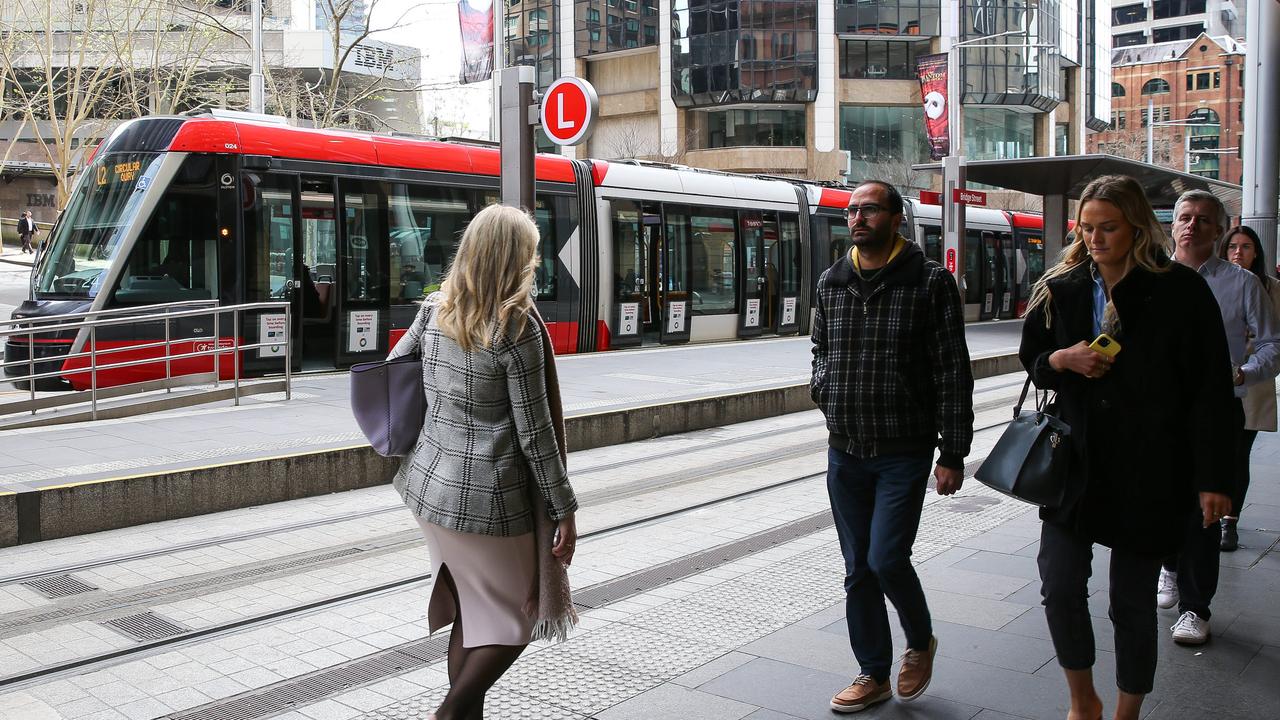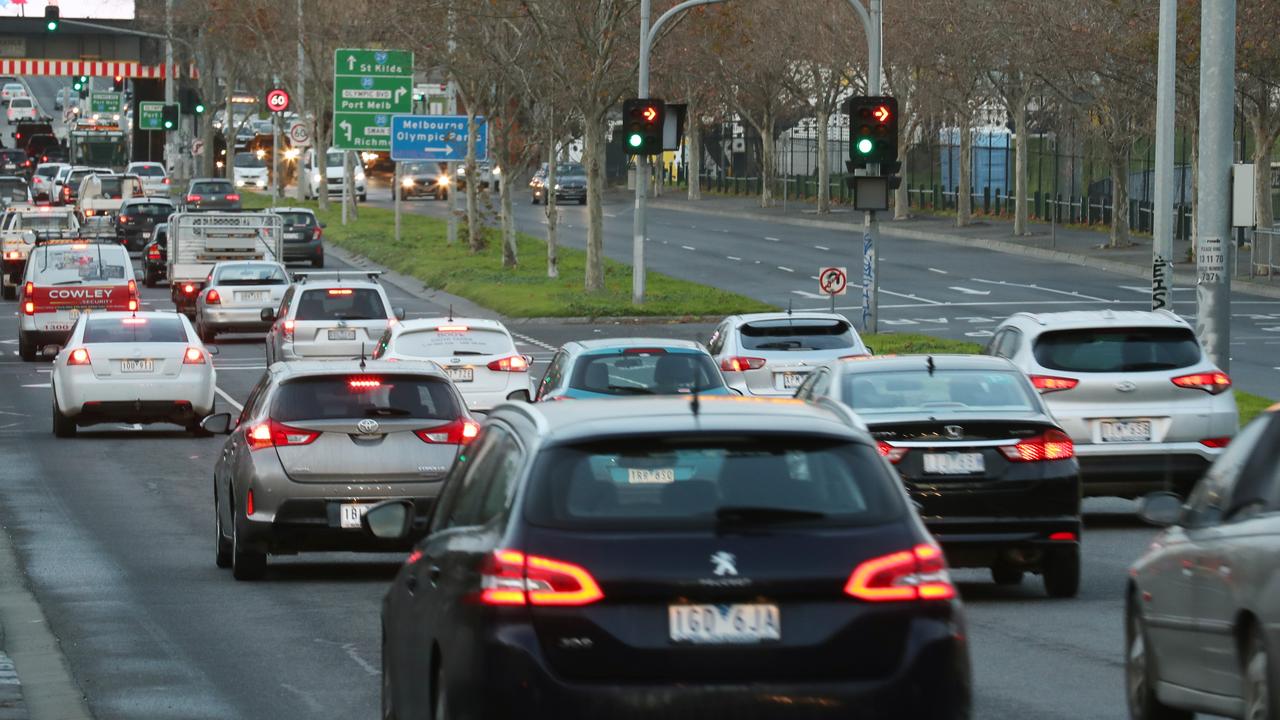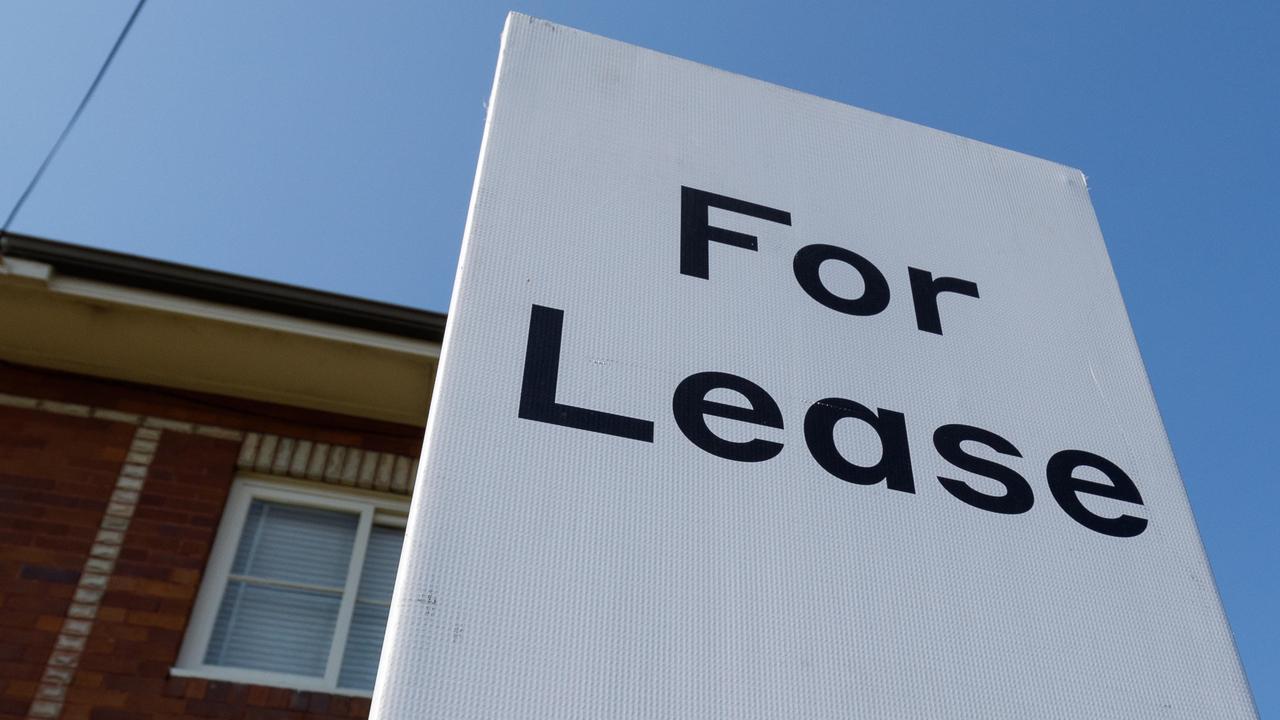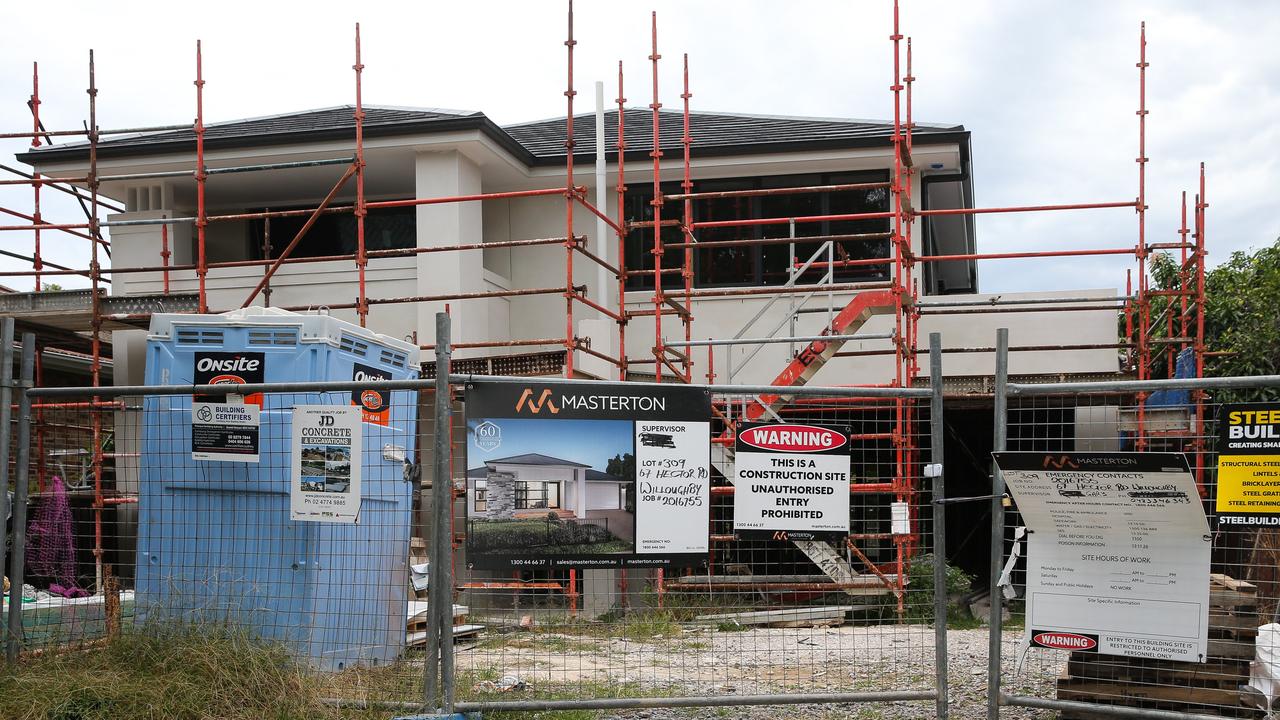Research shows nearly all work hours going to mortgage repayments as rate hikes hit hard
Grim new research has revealed how many hours the average Australian now has to work to cover major bills like mortgage repayments and power.

Interest Rates
Don't miss out on the headlines from Interest Rates. Followed categories will be added to My News.
Research from Canstar has found Australian mortgage holders need to work 3.6 weeks every month in order to cover the nation’s average home loan repayment.
The financial comparison website found homeowners repaying the average loan of $584,836, and earning an average annual salary of $72,000, need to work 135.34 hours (or 17.81 days in the month) to afford their $3,883 monthly loan repayment.
The situation is better for dual income households — down to 67.67 working hours (or 8.9 days in the month) required by each person to cover the same amount, just shy of two working weeks.

Canstar’s figures have also found a single worker would need to put in 22.97 hours in order to afford the average monthly grocery shop — $659.
The same person has to set aside 5.94 hours to cover an average electricity bill of $162, and nearly an entire work day to cover $187 in average monthly home and contents insurance premiums.
Canstar’s editor-at-large Effie Zahos says the amount of working hours devoted to covering household bills is “exorbitant.”
“Borrowers paying off an average-sized loan on their own need to work about 135 hours or close to a full month to cover their mortgage repayments each month,” she says.
“That means 82 per cent of their monthly working hours go towards their mortgage, which doesn’t leave much for other household bills and expenses.
“It goes to show that it’s near impossible to service the average-sized loan in today’s climate with only one income.”
The situation isn’t helped by successive rate rises putting additional pressure on mortgage holders.
Earlier this month, the Reserve Bank of Australia (RBA) paused its aggressive rate hike cycle for only the second time since last May, but warned more increases had not been ruled out.
In a statement after the decision, governor Philip Lowe said the bank’s decision to be so aggressive in its attempts to tame inflation over the last year, paired with ongoing uncertainty around the economic outlook, had prompted the board to keep the cash rate steady.
He said the reprieve would “provide some time to assess the impact of the increase in interest rates to date and the economic outlook” but warned the bank could need to hike rates further in the months ahead.

Ms Zahos says while the burden is halved for those in dual-income households, when you factor in other bills, there simply are not enough work hours in a day for a single income mortgage holder to cover expenses.
“They would fall 11.03 hours behind,” she says, “a dual income household will still have 76.82 hours each per month up their sleeve.
“Time is our most valuable asset and, unfortunately, the cost-of-living crisis is forcing households to spend most of their working hours on bills rather than investing it into things that make them happy.”

Ms Zahos has a few suggestions to help those on single incomes cover costs, like bolstering income by making the case for a pay rise, or seeking a higher-paying job.
Other tips include shopping around for mortgage refinancing, or new energy and insurance providers. She’s even suggested using AI to help reduce food waste by using apps like Chat GPT to help come up with recipes based on ingredients you already have.
The research comes after the Australian Bureau of Statistics released their latest Consumer Price Index report, showing the price of food shot up 7.9 per cent in the 12 months to May.
Originally published as Research shows nearly all work hours going to mortgage repayments as rate hikes hit hard






